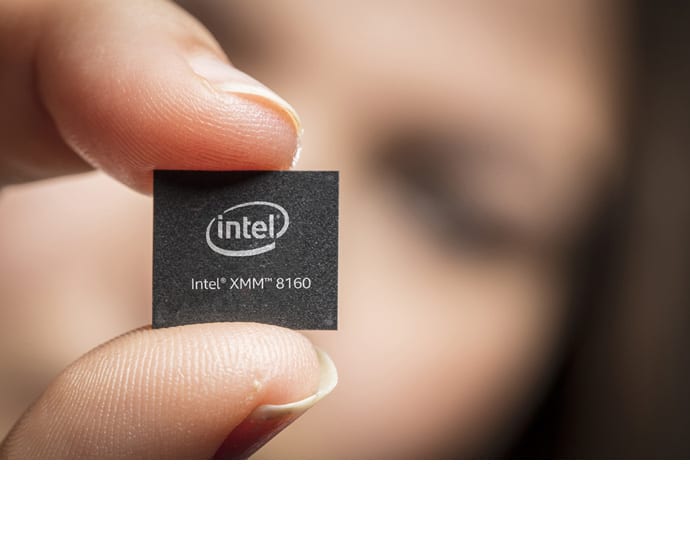Initial slate of Android-based 5G handsets will use Qualcomm X50 modem
Operators around the world are gearing up to launch commercial 5G networks throughout 2019 and beyond, and device makers are falling in line to support those efforts. A key piece of that is the silicon that will power 5G connections and, this week, Intel said it would have its XMM 8160 5G modem ready to go in the second half of next year.
In a statement, Intel said the new modem will offer peak speeds up to 6 Gbps, and will be compatible with non-standalone 5G New Radio and standalone 5G NR networks, as well as legacy 2G, 3G and LTE networks. Simultaneous support for 5G and LTE will be key to early device-side support as most operators are going to market at first with 5G anchored by LTE core and radio access equipment.
“Intel’s new XMM 8160 5G modem provides the ideal solution to support large volumes for scaling across multiple device categories to coincide with broad 5G deployments,” according to Cormac Conroy, corporate VP and GM of the Communications and Devices Group. “We are seeing great demand for the advanced feature set of the XMM 8160, such that we made a strategic decision to pull in the launch of this modem by half a year to deliver a leading 5G solution.”
Intel rival Qualcomm has said its X50 5G modem has been tapped by a number of device OEMs for use with smartphone releases throughout 2019. Intel is the primary chip provider to Apple, which is locked in a legal battle with Qualcomm in numerous global jurisdictions; that case is related to patent licensing and royalty disputes. Related to that, Qualcomm alleges Apple passed proprietary information and code on to Intel.

